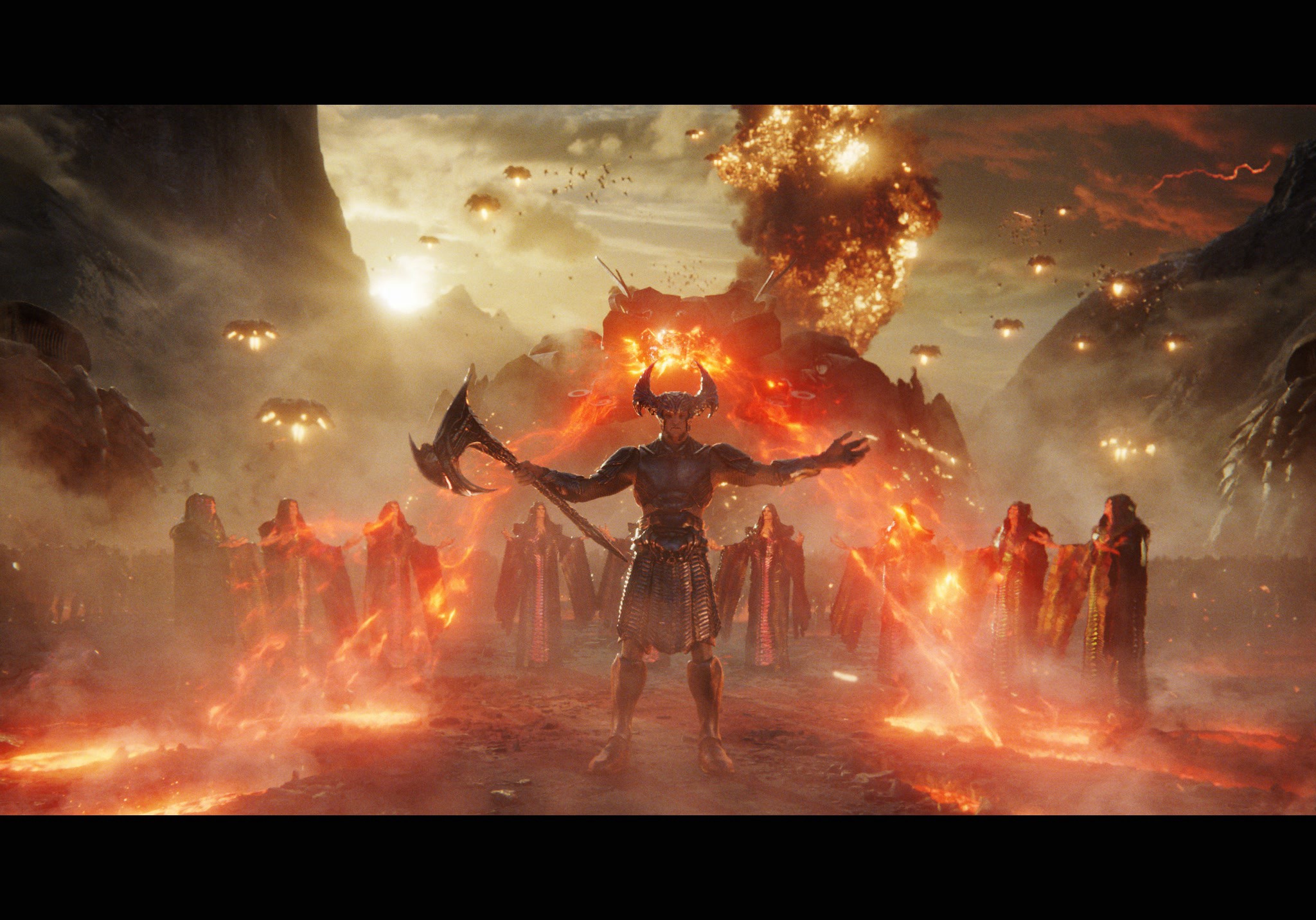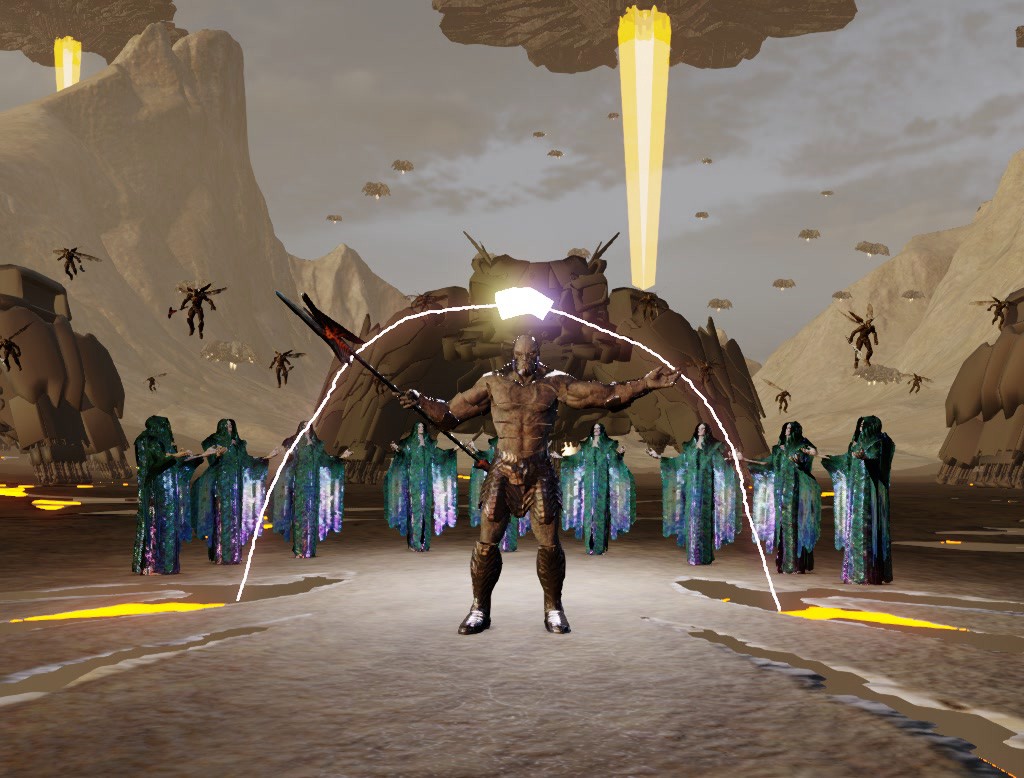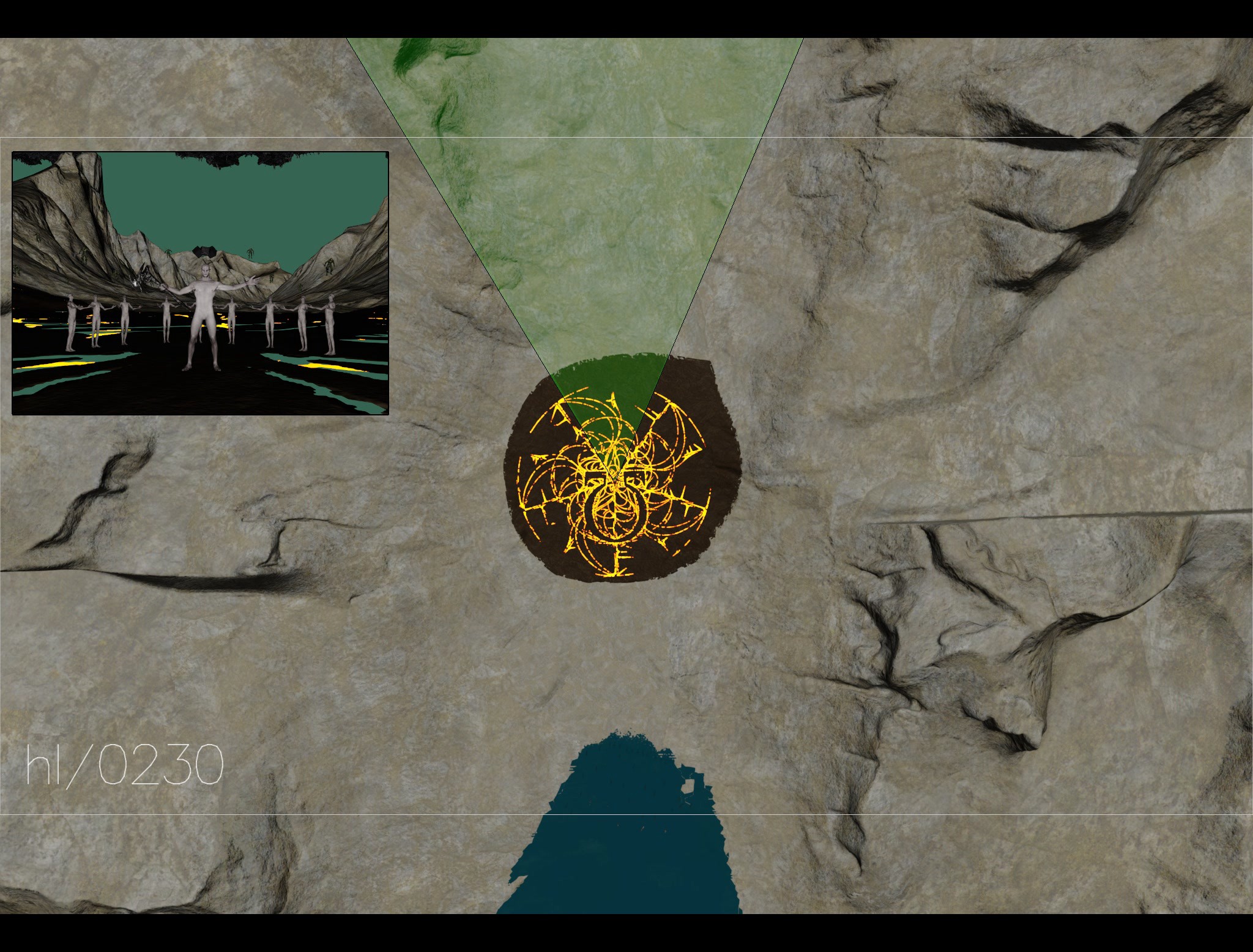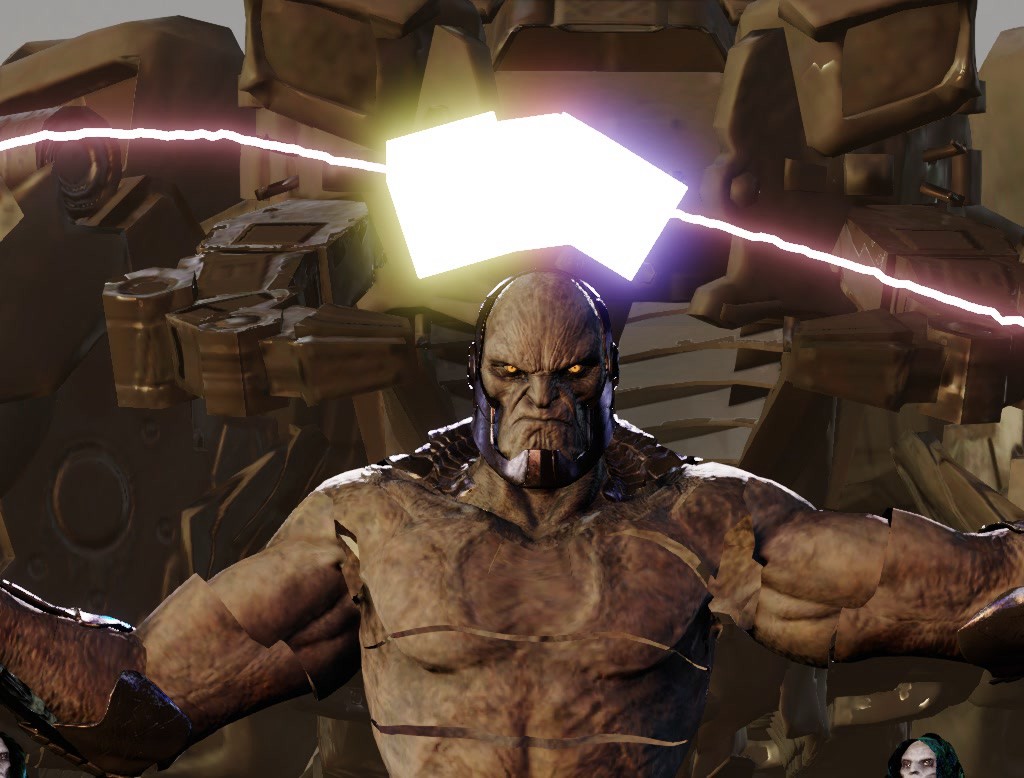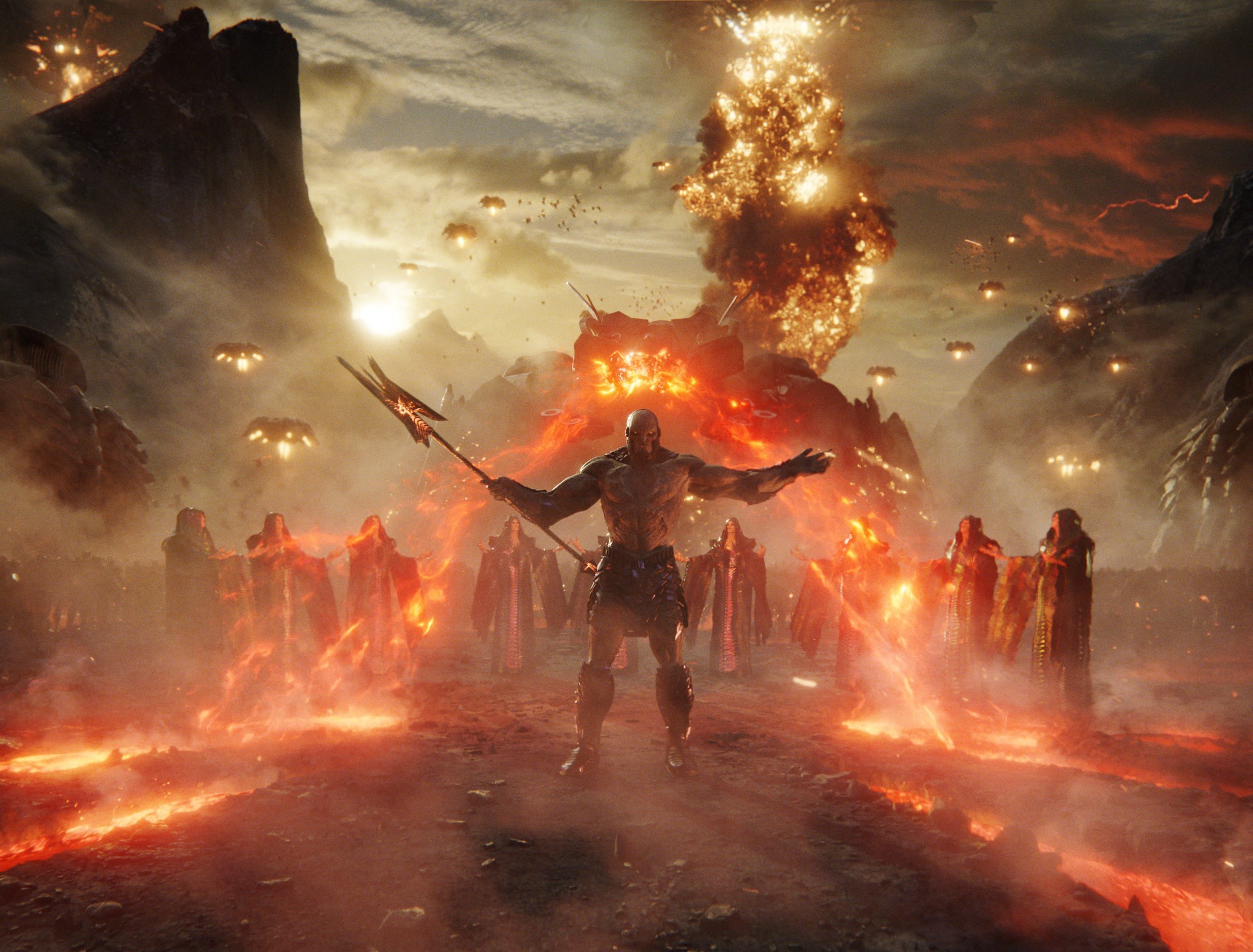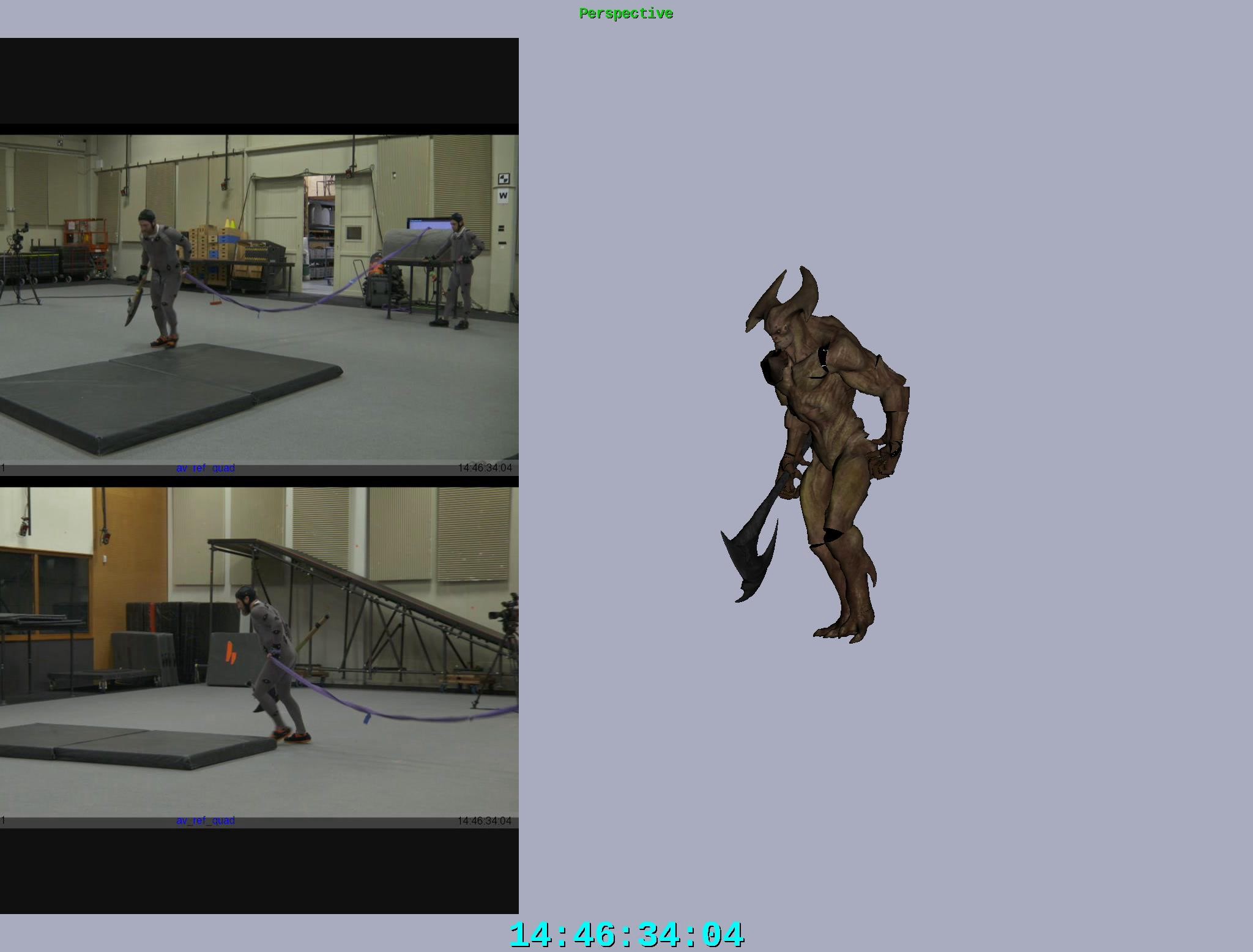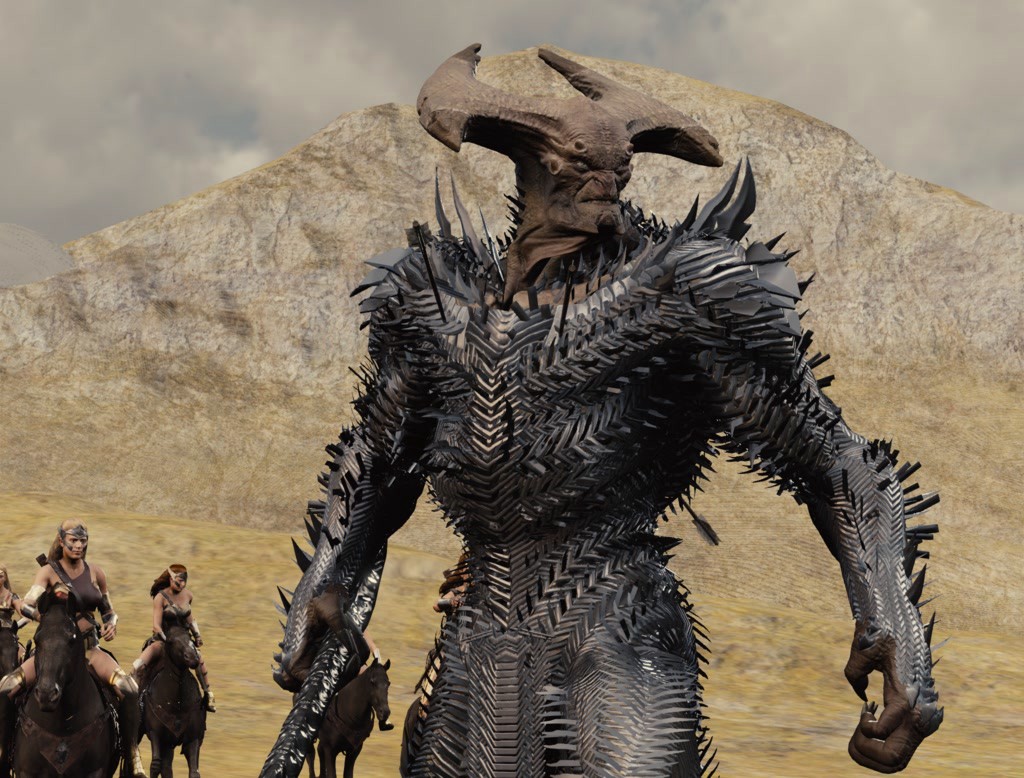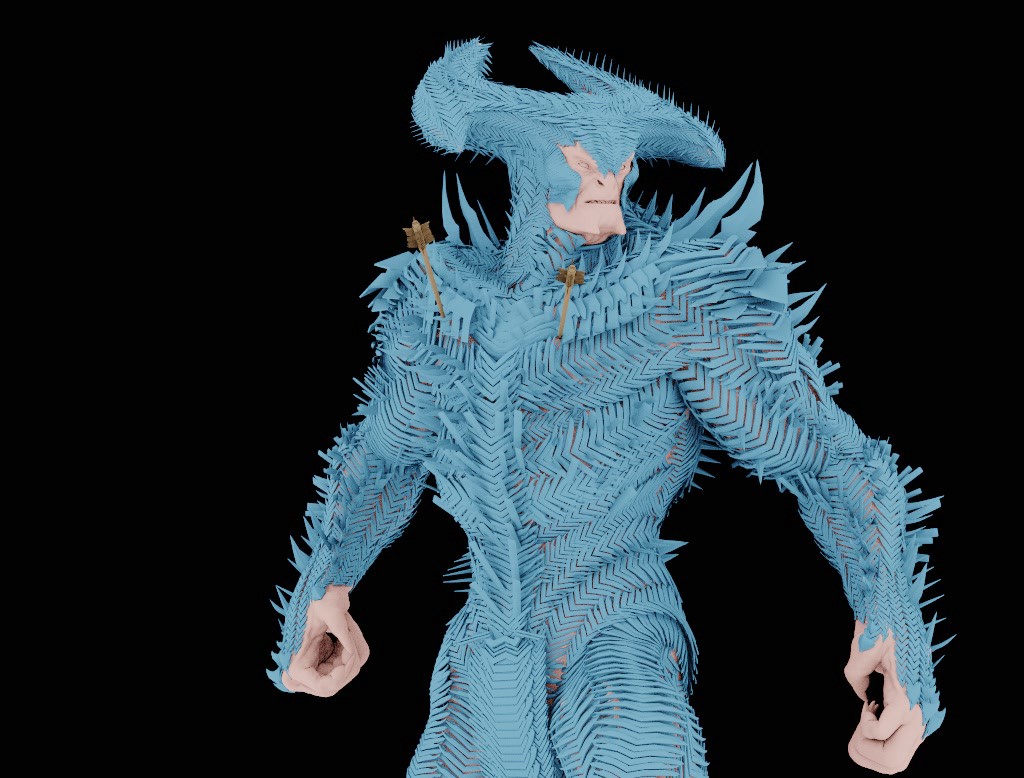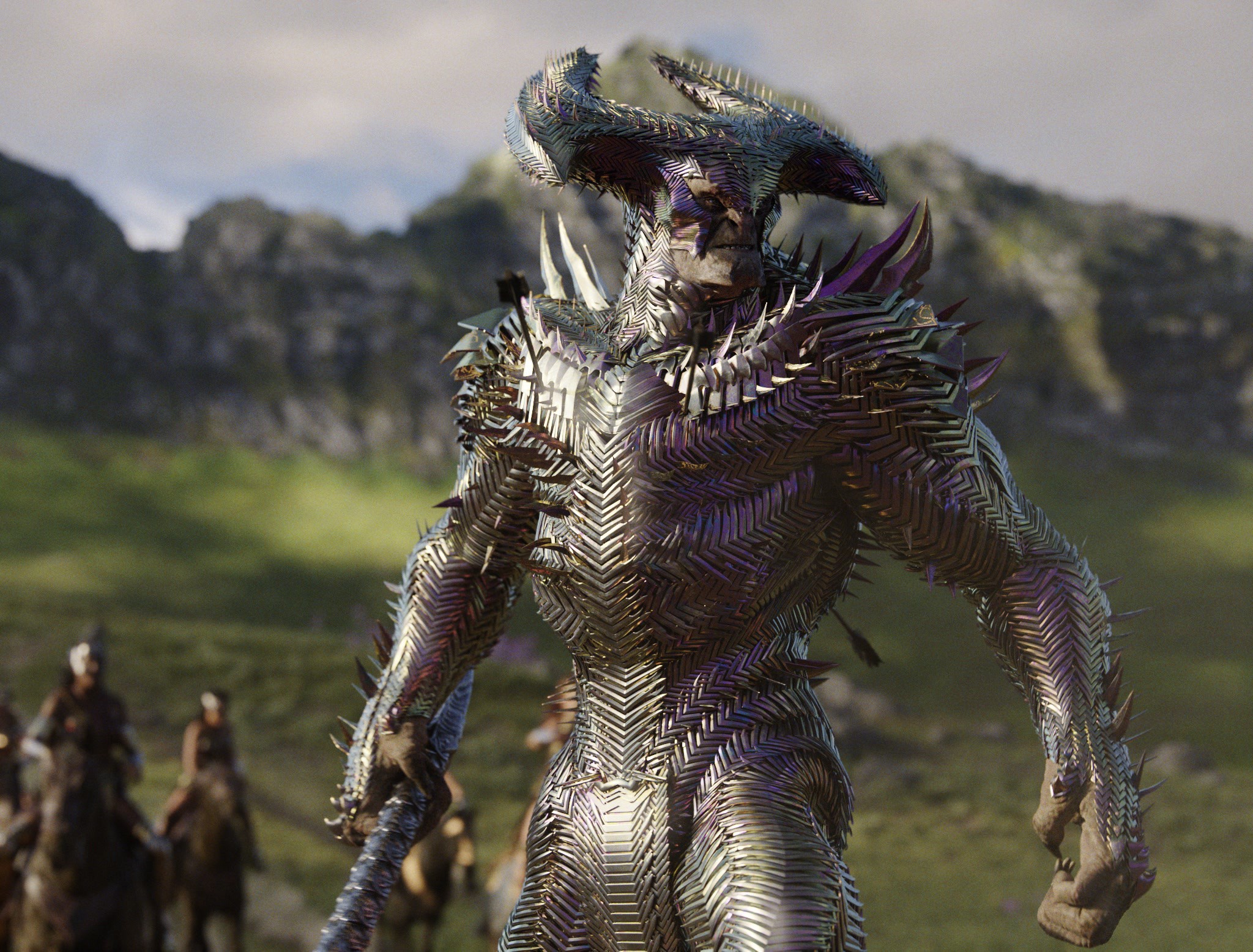It’s official: Zack Snyder’s Justice League not only exists, but is available to watch now (as long as you’re an HBO Max subscriber).
Filmmaker Zack Snyder’s four-hour feature completely reimagines the underwhelming 2017 superhero team-up film that brought various DC Comics heroes together to battle Steppenwolf, a deadly alien invader who intends to subjugate Earth for the cosmic conqueror Darkseid. In order to deliver the “Snyder Cut” of Justice League, the filmmaker made extensive use of both reshoots and visual effects to overhaul the tone and story of the original movie.
One of the visual effects teams tasked with revising Justice League hailed from Weta Digital, the Oscar-winning VFX studio that worked on several elements in the 2017 film. Digital Trends spoke to Weta visual effect supervisors Kevin Smith and Anders Langlands, as well as Simeon Duncombe, animation supervisor, to learn more about the unique experience of working on Zack Snyder’s Justice League.
Note: This interview includes discussion of scenes added to Zack Snyder’s Justice League, so consider this a spoiler warning if you haven’t watched the movie yet.
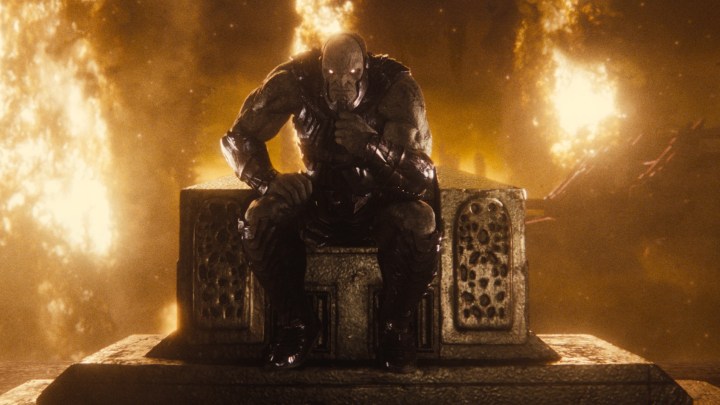
Digital Trends: Updating such a visual effects-heavy film like Justice League, with as many VFX shots as it already had, along with everything Zack Snyder was planning for it, seems like a massive task. How many shots did you provide for Zack Snyder’s Justice League?
Kevin Smith: We did about a thousand, I think.
Anders Langlands: We lost count. It was a lot.
Smith: Yeah, it ended up being about half-and-half, with half of the shots being updates to existing sequences and adding new character designs to existing shots, and the other half of the work involved completely new sequences that had been worked on initially but didn’t make it into the 2017 movie.
This is such an unusual job, as you’re being asked to bring this past project back into the mix and update it instead of starting from a clean slate. What were some of the challenges you faced in that process?
Langlands: In a lot of ways, it would have been easier to start from scratch. You think, “Oh, you’ve done half the work already, so you just open it back up and finish it off, right?” But it doesn’t quite work that way. Four years ago, we worked in a very different way. The pace of technological advancement in visual effects is so rapid that, year to year, we change the way we work quite a bit.
Just getting an old shot opened up so we can look at it and work with it can be a huge challenge, because the software is different now. And it’s not like everything is just on a computer, ready to go. You have to restore it from the backup, which can take weeks. The idea of bringing an entire movie back online after it’s been archived is something that gives our data managers nightmares. So just getting that early part of it done is a huge undertaking.
And that’s before you even start working on it …
Langlands: Exactly. Then there’s a huge amount of work just figuring out where to start with each shot. It’s like, “OK, we got to this stage on this shot, and that stage on that shot …” Everything is at a slightly different point before we even begin, so we have to figure out what exactly was done. Where did we put things down? What can we reuse and what needs to be updated? And once you’ve done all of that, then you actually have to start doing the work.
So it was a full-time job just getting to that stage where we could figure out what actually needs to be done. And we had to consider new things that needed to be added as well. It’s like building a practical movie set sometimes. You don’t build the wall behind the camera because you’re not going to see it. But in the attack on Themyscira at the start of the film, for example, we originally didn’t build huge parts of the island, because we never saw them. But now the sequence is expanded [in Zack Snyder’s Justice League] and we see it from different directions, so you have to go in and finish off those parts that were missing. Just marrying up what we’re trying to do now to what we did then was a huge creative challenge.
Smith: It’s a blessing and a curse, because one one hand, the sequences in the previous release of the movie that aren’t changing give you guardrails, but on the other hand, you don’t have as much … not necessarily creative freedom, but everything has to match. There’s a very specific result you have to get to, and it’s not like most of the time where you do a sequence from scratch and can do creative explorations of ideas and bounce things off the director, and the director will have ideas, and so on. This has to sit into an already completed bunch of work. It makes it easier and it makes it harder.


And in this case, you also have a director who’s known for having a very particular vision for projects.
Langlands: Luckily, Zack is a very visual director, yeah. He comes to the set with a very clear idea in his mind about what he wants, and that helps keep everything coherent — because he’s keeping an eye on the whole thing.
One of the elements that really stood out was the redesign of Steppenwolf in this version of the film. How did that character’s look evolve behind the scenes?
Smith: Steppenwolf is completely different visually, because we’ve gone back to the Zack Snyder version you got a glimpse of in [2016’s] Batman v Superman. So that design already existed, and we just had to visualize that idea with the new, reactive armor. But as cool as changing his visual look was, I think the real interesting thing was in making him a more alien, more aggressive, more nonhuman character. Choosing different lines for him, choosing different performance takes, that has this domino effect of changing his facial expressions and everything else, because now we need to be more aggressive in the way he moves and more aggressive in the way he acts.
Simeon Duncombe: Steppenwolf carried himself in a certain way for the previous design, but when we got this new design and started to figure out how that character would move, [we realized] he was going to carry himself in a different way now. He’s going to swing that ax in a different way. And that design influenced an incredible amount of change in performance on our side as well. This guy is formidable in how he carries himself in all these scenes, whether it’s dialogue or action, and we definitely approached it in a whole different way than we did in the previous film.
Another big scene that was added in this version was Darkseid’s battle with the gods and defenders of Earth, and his brutal encounter with a Green Lantern. How did that scene develop?
Langlands: The main overarching choreography of that beat was designed by Zack, and we got to fill in and play around with the individual shots and the individual actions.
Duncombe: Yeah, a few of those shots existed in 2017 but were omitted from the film, so it was cool to see them come back. They were shots that we were excited about, so the fact that we got a second chance at them was pretty exciting. We also took into account the new rating. Everything was going R-rated, so it was like, “Oh, we can do something different with deaths now! So what’s a better way to kill the Green Lantern?” Chopping his hand off, and that big stab in the chest, was something we rechoreographed and recaptured. And later in the process, the Lantern was given a hero shot — sort of taking off into the air and having a moment — so that was a really nice addition. It was cool to see that evolve and fleshed out, because we knew it was a real fan service, that bit. That’s always fun to be a part of.

There was a little bit of everything in that scene. Are there any specific shots you’re really proud of — shots that stand out to you from this experience?
Smith: It seems like a lame answer, but as a supervisor, you’re most proud of the work in total. … You try to make all the work great, and there are a lot of standout shots, but for me, it really is just that whole thing of finishing the project.
Duncombe: Yeah, you’re only as good as the team, and we had an incredible team bringing all their best to it. You distribute that talent across all these shots, and you’re going to have plenty of content that you can be proud of.
Langlands: Well, everything they said is true, obviously, but I have a couple of shots that come to mind. [Laughs] In the fight with Darkseid against the gods, there’s a shot where Darkseid pulls an arrow out of his chest where he just looks really, really cool. It’s a great-looking shot. And when Diana is walking into the temple of the Amazons and you see the Greek hillsides behind her, I just think that’s a beautiful matte painting. Ben Walker did that, and it looked really lovely.
Smith: [Laughs] OK, there’s a shot when Steppenwolf touches the Mother Box and there’s a close-up that goes all the way up his arm with electricity, into his face, and the lighting changes, and then suddenly he says, “Show me.” And then it shows him the Anti-Life Equation. I’m a big fan of that shot. It’s such a beautiful shot. But it takes a village. There are hundreds of people who worked on this, and everyone’s contribution to that shot and so many others are what makes them what they are.

Warner Bros. Pictures’ Zack Snyder’s Justice League is available now on HBO Max.
Editors' Recommendations
- Zack Snyder teases ‘full circle’ announcement from Darkseid
- How GPU-fueled visual effects built Black Widow’s Red Room, then blew it up
- Zack Snyder’s Justice League finally has its first trailer
- HBO releasing the Snyder Cut of Justice League shows toxic fans are winning
- The Snyder Cut of Justice League is coming to HBO Max

